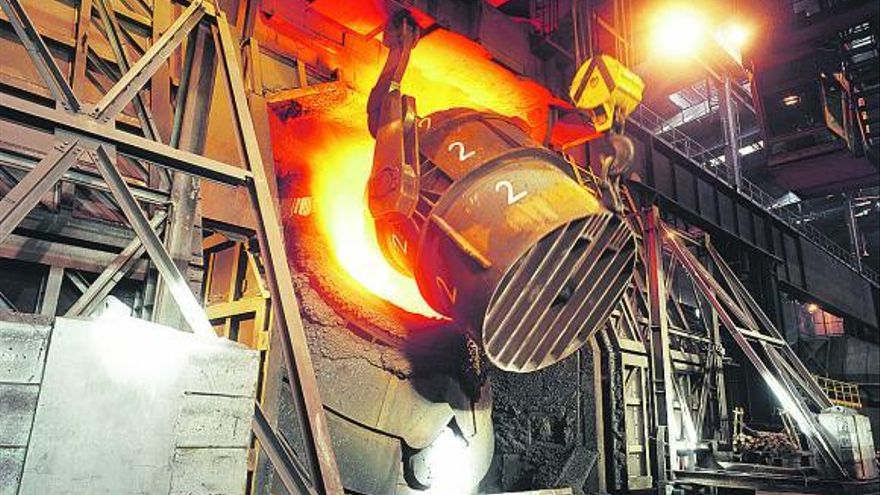types of stainless steel
There are different types of stainless steel, but according to the European standard EN 10088-1 all must contain a minimum of 10.5% chrome and a maximum of 1.2% carbon.
The strength of stainless steel varies with the addition of other alloying elements such as nitrogen, molybdenum, and titanium. This results in a wide range of different types of corrosion resistant stainless steel for a wide range of working conditions, while enhancing other material properties such as strength, conformance and fire resistance.
On the other hand, not all the different types of stainless steel are equally resistant to corrosion in all working conditions. Depending on the type, there will be conditions to which corrosion does not support.
Stainless steel must be cleaned to keep it looking good and to preserve its resistance to corrosion. We recommend Inoxbrill stainless steel cleaner.
AISI 430
This type of stainless steel is widely used for its ductility and good malleability and corrosion resistance characteristics.
It is a key material for furniture and interior decoration, as well as automotive trim and molding, architectural interior trim and paneling, building materials, kitchen equipment, among other domestic applications, as well as a wide range of industrial applications.
AISI 304
This material has the same range of application as AISI 430, but due to the incorporation of Nickel it allows more complex products to be achieved.
It presents a spectrum of resistance superior to that of AISI 430 against certain agents in certain conditions of temperature and pH.
AISI 316
The range of application of this type of stainless steel is the same as that of AISI 304, but due to the incorporation of Molybdenum in its structure, it presents a higher resistance to corrosion than that of AISI 430 and AISI 304. This allows use it in more aggressive media, such as acids and saline atmosphere.
It is used for architectural decorations in environments near the sea, food processing equipment, pharmaceuticals, laboratories, textiles, photography, etc.
Applications
Type 304 stainless steel is one of the most commonly used. Both types 304 and 316 are used in the food and beverage industry. Both can be found in silos, wine tanks, cheese and fruit tanks, etc. They are also used to coat the exterior of certain buildings.
At Zavala we have been working with stainless steel in its different versions for almost 50 years, both flat and long, so if you need more information, feel free to ask our steel experts.


I want information about AISI 304 steel, I need to calculate linear expansion for a furnace with an air temperature of 600 degrees Celsius, I cannot find the coefficient of linear expansion of 304 steel. Can you help me, thanks
Thank you for showing interest in our article!
Let us remember that 304 stainless steel has a composition formed by 18% of chromium (Cr) and 8% of nickel (Ni), it has good processability, weldability, corrosion resistance, heat resistance, low temperature resistance and mechanical properties. It should be clarified that the linear expansion will depend on the type of material used (tube, sheet metal, strip, etc.) and the temperature that it is subjected to for a long time, at general levels the coefficient of linear expansion of stainless steel 304.
– 17.2 (0-100℃)
– 17.8 (0-300℃)
– 18.4 (0-500℃)
The melting temperature of 304 stainless steel is up to 1,398º.
Let me tell you that from professional experience for the manufacture of ovens we recommend refractory stainless steel, AISI 310, although if it is about pieces to be introduced into the oven such as bakery plates, AISI304 steel is recommended.
For more information or to place orders for this type of material, you can make your inquiry to sales@zavala.es
A cordial greeting.